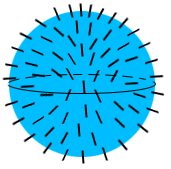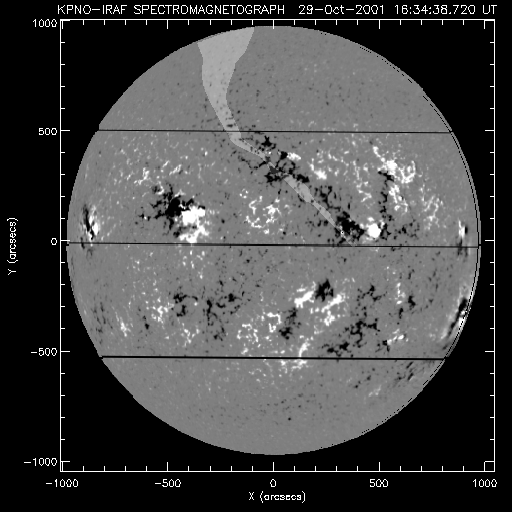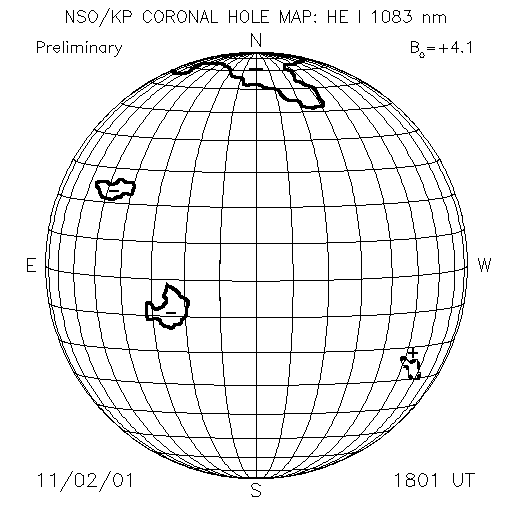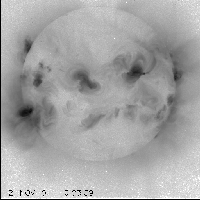
A coronal hole is a dark region of the corona from which coronal magnetic field lines open out into interplanetary space. This is not a very precise definition, but here is a nice Australian explanation making use of a rather poor Yohkoh SXT image. An "open" field line actually has a rather precise definition: it is one upon which the solar wind flows. As Parker predicted, the solar wind flows faster than the critical speed, and hence the field line does not return to the Sun locally.
But why should there be any open field lines coming out of the solar corona? This is the starting point for more of the mysteries that the solar magnetic field teases us with. Of course, there has to be at least some open field, because of the mathematicians' favorite "hairy ball theorem": you can't smoothly comb a hairy ball:

The Sun doesn't have just one or two open field lines, however; normally about 10% of the coronal area seems to be occupied by coronal holes. They often (almost always) can be found at the poles, but during active conditions the polar holes can extend equatorward, even crossing it, and isolated holes can appear as well.
A skinny example
What interested us at the end of October was the appearance of an extremely thin coronal hole. We show it below, along with an overlay coaligned with a Kitt Peak magnetogram.

|

|
On the left, you can see the coronal hole running diagonally from the northern polar region in a northeast-southwest orientation. On the right it has been shaded over the Kitt Peak magnetogram, showing it to have negative (black) polarity and that the boundaries of the coronal hole lie squarely within the negative-polarity region. The boundary of a coronal hole is never a polarity inversion line. That's consistent with the bordering corona showing up as closed field lines to the lower left (southeast) and upper right (northwest). Another interesting fact: these field lines, inferred from the X-ray brightness distribution as we normally do, have a variety of lengths, many relatively short.
This coronal hole, although skinny, was not frail. The movie (click the icon below) shows that it persisted for the entire rotation:

We should add a note on coronal-hole visibility. The movie above, studied frame-by-frame, shows that the hole becomes less visible towards the limbs. Instead of the full two weeks of residence on the visible hemisphere, we can only see it for (say) one week or so. The reason for this is clear enough from the images: there is a third dimension, and the bright loops in the boundary regions obscure the coronal hole itself unless we're looking nearly straight down on it. This effect is worse for a skinny hole. Below we illustrate visibility by comparing the "official" Kitt Peak coronal-hole map for November 2, with an SXT image from about the same time:

|

|
By this time the X-ray view of the coronal hole has vanished. Kitt Peak can't see it either, but probably because it is too skinny; at least there is a finger pointing southwest from the polar hole.
Conclusion
Quite interesting! We've learned that there is almost no limit to the size of a coronal hole, perhaps, but that various factors limit the visibility of skinny ones. There is good evidence (radio Type III bursts; "transient coronal holes") that even sunspot regions contain open field lines. One is always tempted to speculate that even the umbra of a spot could have some open area. But how would one normally know, especially if the open areas were small? Although we can certainly model the open field lines, using the Wang-Sheeley method (based on the clever but somewhat shaky "source surface" extrapolation of the coronal magnetic field), we cannot say that we understand their existence and behavior theoretically.